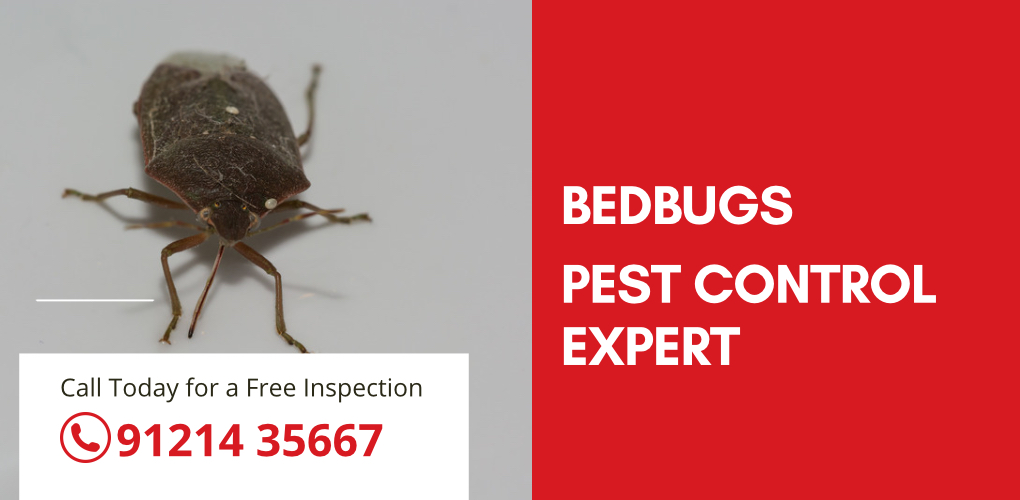
Bedbug control is essential to eliminate and prevent infestations of these blood-feeding insects that can cause discomfort and health issues. Here are steps you can take to control bedbugs:
Identify the Infestation: The first step in controlling bedbugs is to confirm their presence. Look for signs like small reddish-brown bugs, tiny white eggs, and small dark fecal spots on bedding, mattresses, and furniture.
Isolate Infested Items: Isolate any infested items to prevent the bugs from spreading. Use plastic bags or containers to seal infested bedding, clothing, or other items. Avoid moving infested items to other parts of your home.
Reduce Clutter: Bedbugs can hide in clutter, so declutter your living space, especially in the affected areas.
Wash and Dry Bedding: Wash all bedding, curtains, and clothing in hot water (120°F/49°C) and dry them on the highest heat setting. This will kill any bedbugs and their eggs on these items.
Vacuum Thoroughly: Use a vacuum cleaner with a HEPA filter to vacuum the entire room, including the mattress, box spring, carpet, and any cracks or crevices where bedbugs might hide. Empty the vacuum bag or canister immediately in an outdoor trash bin.
Seal Cracks and Crevices: Seal any cracks or crevices in walls, furniture, and baseboards where bedbugs might hide. This reduces their hiding places.
Use Bedbug Covers: Encase your mattress and box spring with special bedbug-proof covers. This helps to trap any remaining bedbugs and prevents new ones from infesting the mattress.
Monitor Regularly: Keep an eye on your bedding and furniture for any signs of bedbugs even after treatment. Early detection can prevent a large infestation from developing.
Hire a Pest Control Professional: If the infestation is severe or continues despite your efforts, it’s advisable to hire a licensed pest control professional. They have access to effective pesticides and methods for bedbug eradication.
Follow Professional Recommendations: If you do hire a pest control professional, follow their recommendations closely. This may include multiple treatments to ensure all bedbugs and their eggs are eliminated.
Prevent Reinfestation: After treatment, take preventive measures to avoid future infestations. This may include using bedbug-proof mattress covers, regularly cleaning and decluttering, and being cautious when traveling to prevent bringing bedbugs home with you.
It’s important to note that bedbug infestations can be challenging to completely eradicate, and patience is often required. Early detection and prompt action are key to preventing the infestation from spreading and becoming more difficult to control.
